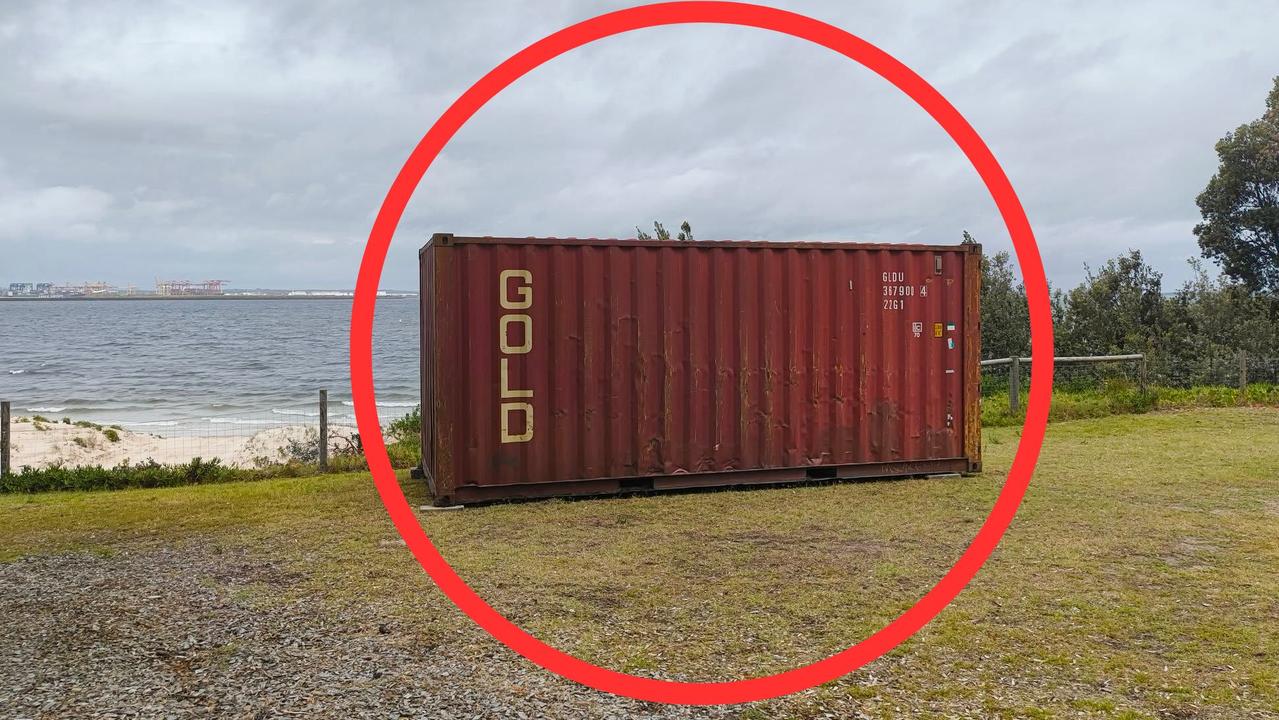‘Sitting in your pocket’: Experts warn of lithium ion battery fire risk
The common mistake that turns devices in your home, handbag or pocket into major fire hazards.
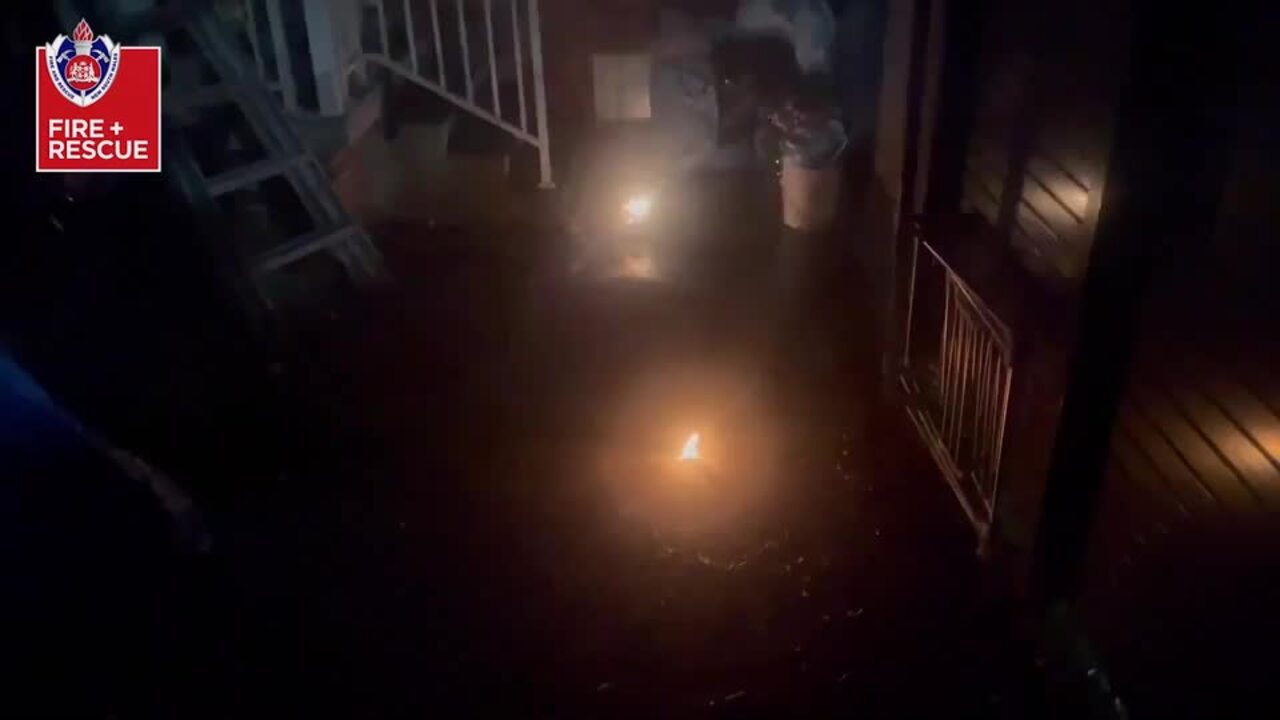
Environment
Don't miss out on the headlines from Environment. Followed categories will be added to My News.
They have sparked thousands of fires across the country, including one which cost two women their lives.
Now Australia’s largest general insurer IAG is leading a global consortium to establish safety guidelines when dealing with lithium-ion batteries.
It will bring together local researchers and international experts in a bid to properly address the boon in the use of the batteries in everything from electric vehicles, e-scooters and household devices.
“This year, the sales of EVs, including plug-in hybrids made up nearly 10 per cent of all new car sales in Australia, while e-bikes now represent one-third of all bicycle sales,” IAG’s Research Centre Head Shawn Ticehurst said.
“This research will provide critical insights on how to safely store, handle and dispose of the increasing number of lithium-ion batteries as they reach the end of their life, helping to prevent incidents that pose a risk to life and property safety,” Mr Ticehurst said.
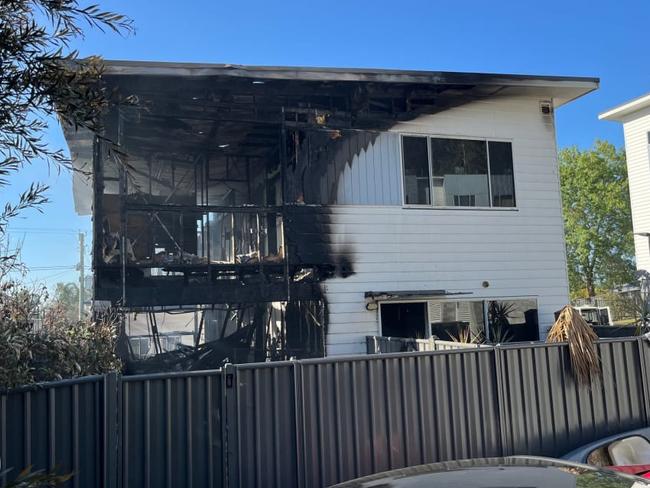
The project will examine battery fire risk factors including condition, charging practices, weather exposure, and vehicle age in electric vehicles, e-scooters and e-bikes.
Two women were killed in March 2024 when a fire sparked by a lithium-ion battery tore through the Teralba home in Lake Macquarie on the NSW North Coast.
In November, a lithium-ion battery left on charge caused a fire that tore through an apartment complex in Sydney’s inner west, while a West Australian family was left homeless after a lithium-ion battery blaze torched their home earlier this month.
Authorities said the batteries are also responsible for more than 10,000 fires in the past year in garbage trucks and at waste management facilities.
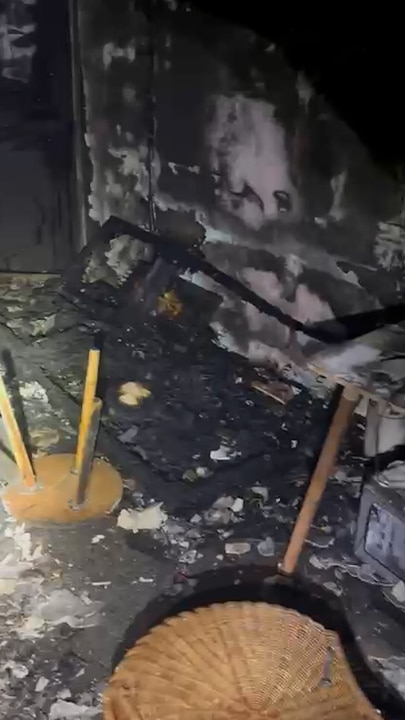
“Some of the bigger lithium ion fires we’re having are now in garbage trucks, where batteries are thrown into normal waste bins, squashed by the garbage trucks. That compromised structural integrity then increases the chance of the batteries catching on fire,” Fire Brigade Employee Union’s state secretary Leighton Drury told news.com.au
“We’re also seeing in high rise apartments that a lot of people have big scooters and all this technology. There’s certainly been an increase in fires in those buildings too,” Mr Drury said.
Part of the challenge of fighting these types of complex fires are the toxic fumes and self-sustaining flames. The increase in fires is also due to the increased prevalence of lithium ion batteries.
“People basically have a couple of them sitting in a handbag or in their pocket at one time,” Mr Drury said.
He said a key part of community safety is access to fire stations, particularly as getting to lithium ion battery fires as quickly as possible is key to putting them out.
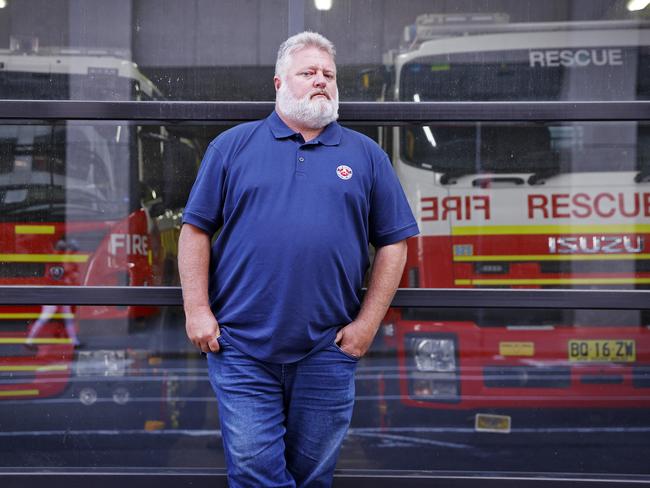
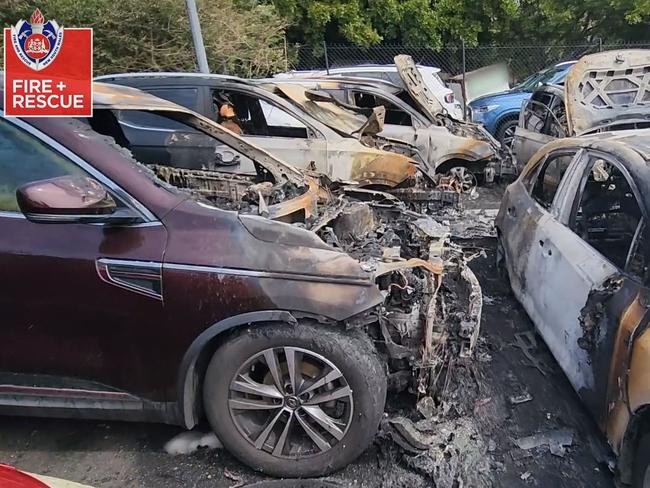
What is a lithium ion battery?
Their ubiquitous use is due to their high energy density, which means that the portable electronic devices that they run can be powered for a long time, despite a relatively small volume and size.
“Older, well-established technology in the typical double or triple A batteries are becoming less common because of the energy density that we have with lithium ion technology,” University of Queensland Professor and battery expert Dr Ruth Knibbe said.
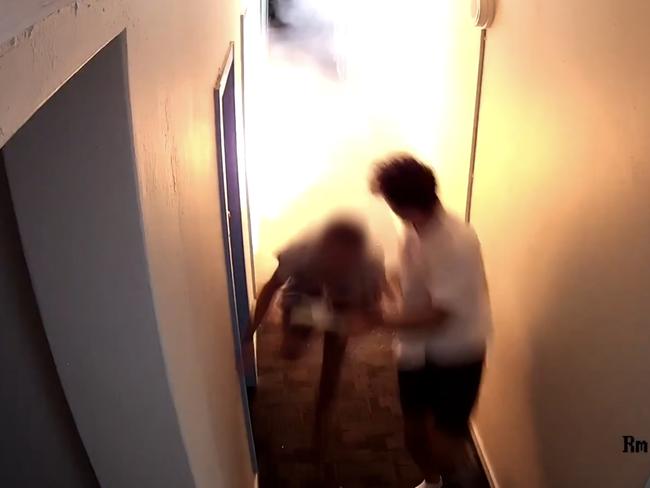
“The battery itself is very high energy density which means that any damage that is done to it can short circuit it,” Dr Knibbe said.
Damage can occur by overheating the batteries, whether that’s by leaving them out in the sun, overcharging and using the wrong charger, as well as accidental punctures.
How can I stay safe?
Postdoctoral research fellow at the University of Adelaide Dr Gemeng Liang told news.com.au users have take simple steps to avoid fires.
He said this includes making sure batteries and chargers are certified, keeping them away from heat sources and flammable materials such as bedsheets and couches while charging, and avoiding overcharging.
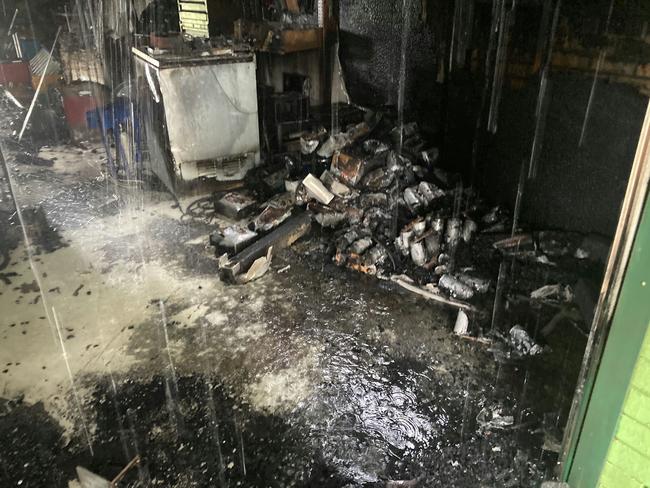
“Electric vehicles, for example, have far more rigorous checks. Smaller devices that can easily be purchased online and potentially from overseas, like illegal vapes, have no assurance given in regards to the quality of the battery that you’re actually getting,” Dr Knibbe said.
The Queensland University of Technology’s (QUT) Energy Storage Research Group will form part of the expert panel.
“The pace of energy storage deployment and adoption in Australia is rapidly accelerating, and it is critical we conduct the necessary work required to ensure this is done safely,” ESRG Director and Associate Professor Joshua Watts said.
“Working with experts in the field of battery and fire safety nationally, this project will establish frameworks informed by international best practice that are fit for purpose for Australian needs to ensure the safe rollout of battery technology as we move towards our net-zero emissions targets,” Prof Watts said.
The research findings are expected to be published in 2026.
Originally published as ‘Sitting in your pocket’: Experts warn of lithium ion battery fire risk



